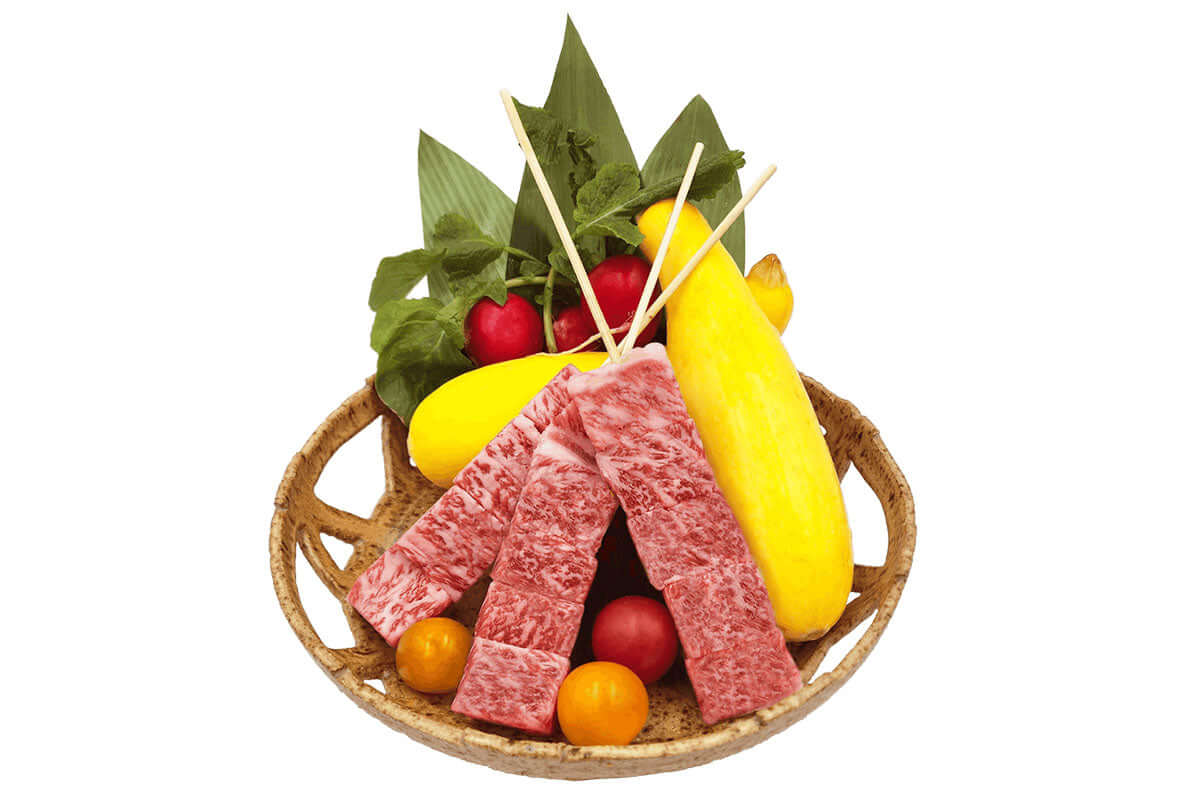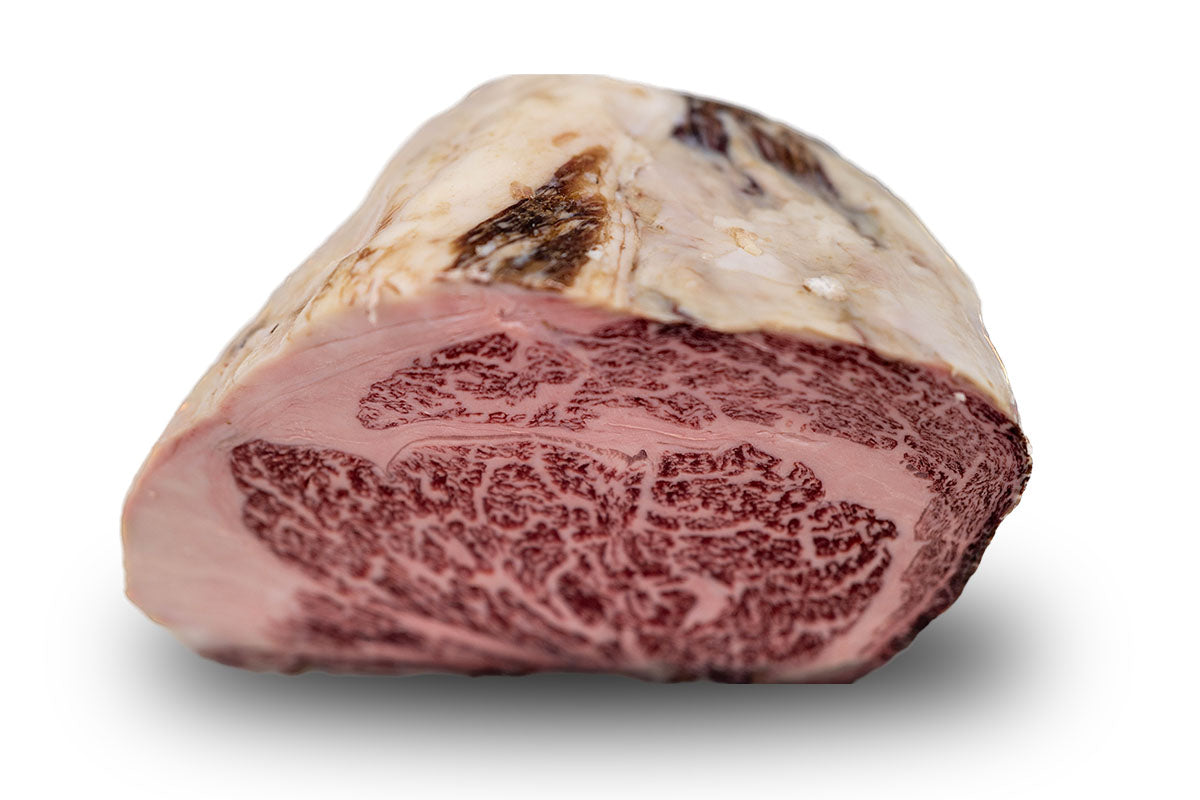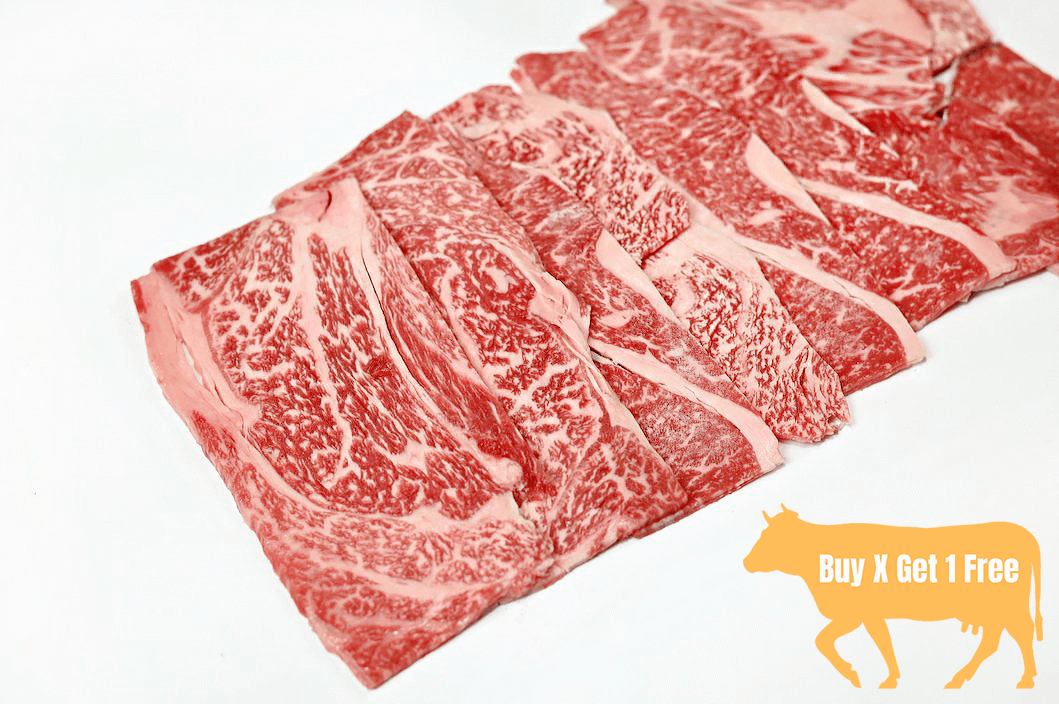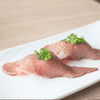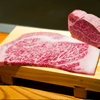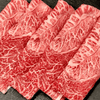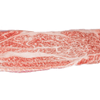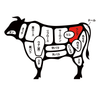Chateaubriand Steak Cuts: Everything You Need to Know
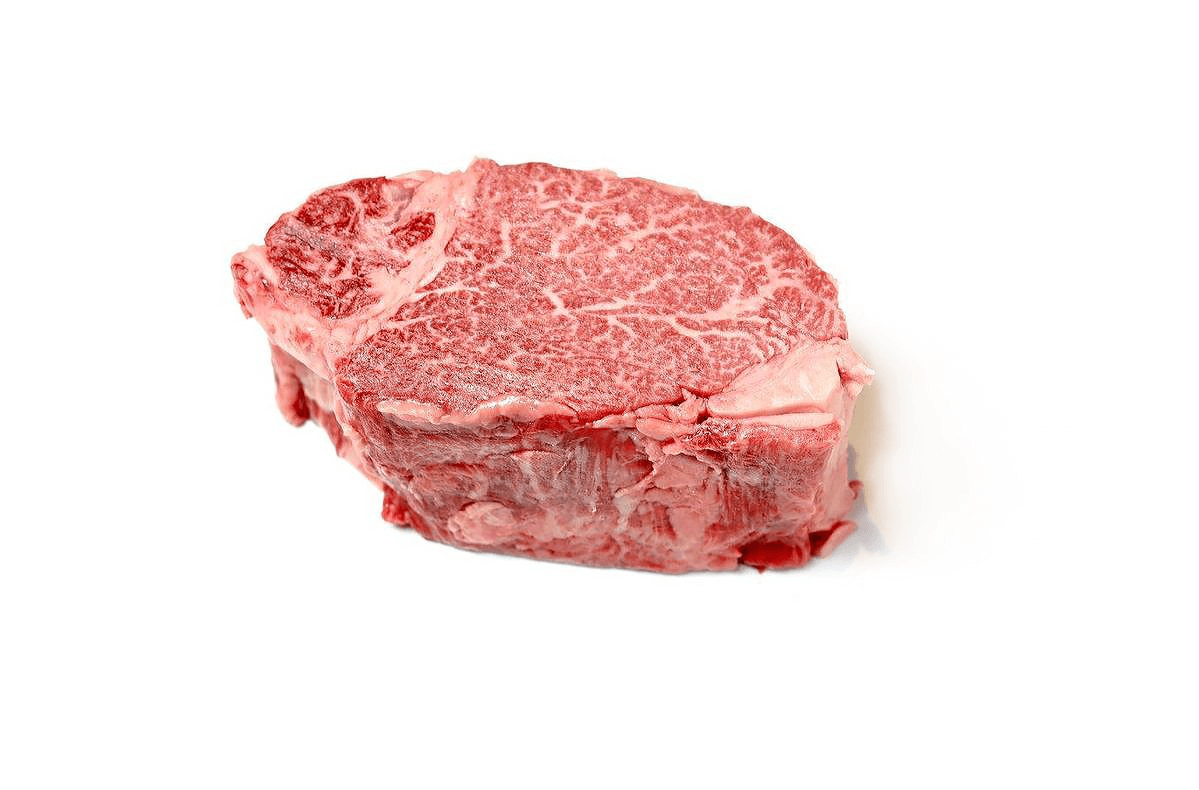
The delectable Chateaubriand steak cut comes from the center of the tenderloin, arguably the most tender part of the cow. It's often the highlight of romantic dinners, gourmet cookouts, and special occasions. But what makes the Chateaubriand so special and why is it so revered among beef aficionados?
Grab your forks and your steak knives — we're about to explore the history, preparation, and enjoyment of the fabulous Chateaubriand.
What is the Chateaubriand Steak Cut?
Before we delve deeper into Chateaubriand, let's take a moment to familiarize ourselves with the area of the cow from which this cut comes: the beef tenderloin.
The tenderloin is a long, narrow muscle located along the backbone of the cow, specifically in the loin region. It's a muscle that doesn't see much activity during the animal's lifetime, which leads to its famous tenderness. The entire tenderloin can be quite lengthy, often measuring over two feet long. It tapers from thick to thin, and is usually divided into three main sections: the butt, the center, and the tail.
Now, the Chateaubriand cut hails from the center of this tenderloin, the most desirable section. It's a thick cut, usually about two inches in diameter and weighing between 10 to 12 ounces. The Chateaubriand is often cut to serve two, a characteristic that has cemented its reputation as a romantic steak option seen at fancy restaurants all around the world.
What sets the Chateaubriand apart from other cuts is its exceptional tenderness.
Being from the tenderloin, it is, by definition, one of the tenderest cuts available. But this is not its only charm. Chateaubriand is also lean yet flavorful, with a subtle beefy taste that is a delight to the palate.
The Rich History of Chateaubriand Steak
The Chateaubriand steak has quite a fascinating history, with its origins tied to a prominent figure of French literature and diplomacy: François-René de Chateaubriand.
The story goes that Chateaubriand's personal chef came up with this unique cut during the early 19th century. The chef prepared it as a thick cut from the tenderloin, cooked it between two lesser cuts of beef (which were discarded afterwards), and served it with a reduction sauce, famously known as Chateaubriand sauce.
Talk about over-the-top luxury! Perhaps the dish's extravagance and notoriety contributed to his death during the French Revolution of 1848.
Regardless, over time, the Chateaubriand steak's popularity has only grown. Its connection to a historical figure, its luxurious status as a special-occasion meal, and its tenderness and flavor have all contributed to its high regard among steak lovers around the world.
Cooking a Chateaubriand to Perfection
Given the Chateaubriand's quality and heritage, cooking it to perfection is of utmost importance. Luckily, there are several methods available, each one aiming to bring out the cut's unique qualities.
Roasting: Roasting is the traditional way to cook a Chateaubriand. It involves searing the steak on all sides in a hot pan, then transferring it to a preheated oven to finish cooking. This method helps achieve a delightful crust on the outside while maintaining a tender and juicy interior.
Grilling: Grilling is another popular method, especially for those who appreciate a smoky flavor. It's essential to maintain a medium heat to avoid overcooking the exterior while ensuring the interior reaches the desired doneness.
Sous Vide: This technique involves vacuum-sealing the steak and cooking it in a water bath at a precise temperature. Sous vide cooking ensures an even doneness throughout the steak, enhancing its tenderness and preserving its juices.
Pan-Searing: Similar to roasting, pan-searing involves searing the Chateaubriand in a hot pan, but instead of transferring it to an oven, you keep it on the stovetop, flipping frequently and basting with butter.
Regardless of the method you choose, please remember these crucial tips:
- Season Simply: High-quality Chateaubriand requires minimal seasoning — usually just salt and pepper. The aim is to accentuate, not overshadow, its natural flavors.
- Rest: Allow your cooked Chateaubriand to rest for 10-15 minutes before cutting into it. This ensures the juices are evenly distributed and don't spill out when you slice the steak.
Pairing Suggestions for Chateaubriand
After masterfully cooking your Chateaubriand, the next step is to decide on the perfect pairing to complement this luxurious cut. Here are a few ideas:
Side Dish Suggestions:
- Roasted Potatoes: Roasted to golden-brown perfection, these can add a delightful crunch and earthy flavor that pairs well with the Chateaubriand.
- Grilled Asparagus: Grilled asparagus, with its slight char and tender crisp texture, adds a hint of bitterness that can balance the richness of the steak.
- Creamed Spinach: This creamy, flavorful side dish can add a touch of decadence to your meal, enhancing the luxurious experience of savoring a Chateaubriand.
- Garlic Mashed Potatoes: Creamy, rich, and full of flavor, garlic mashed potatoes can provide a comforting and flavorful counterpart to your Chateaubriand.
- Sauteed Mushrooms: Sauteed in a bit of butter and wine, these mushrooms can offer a hearty, earthy element that matches well with the meaty flavors of the Chateaubriand.
Wine Pairings:
- Bordeaux: A rich and full-bodied Bordeaux, with its balanced tannins and flavors of black currant and plum, pairs wonderfully with the Chateaubriand. It can stand up to and complement the beefy, yet subtle flavors of this cut.
- Cabernet Sauvignon: Known for its depth and complexity, Cabernet Sauvignon is another excellent pairing. Its robust flavors and bold tannins can hold their own against the rich Chateaubriand.
- Syrah: Syrah, also known as Shiraz, has a bold flavor profile with notes of dark fruit and spicy undertones, making it an excellent pairing for Chateaubriand.
- Malbec: Malbec, with its dark fruit flavors and smoky finish, can complement the flavors of the Chateaubriand without overpowering it.
At Wagyuman, we're honored to provide premium A5 wagyu Chateaubriand steak, directly imported from Japan and delivered straight to your door. Our unwavering dedication to quality guarantees an unparalleled dining experience in the comfort of your home.
Make your way to our product page and order your A5 Wagyu Chateaubriand steak today!

